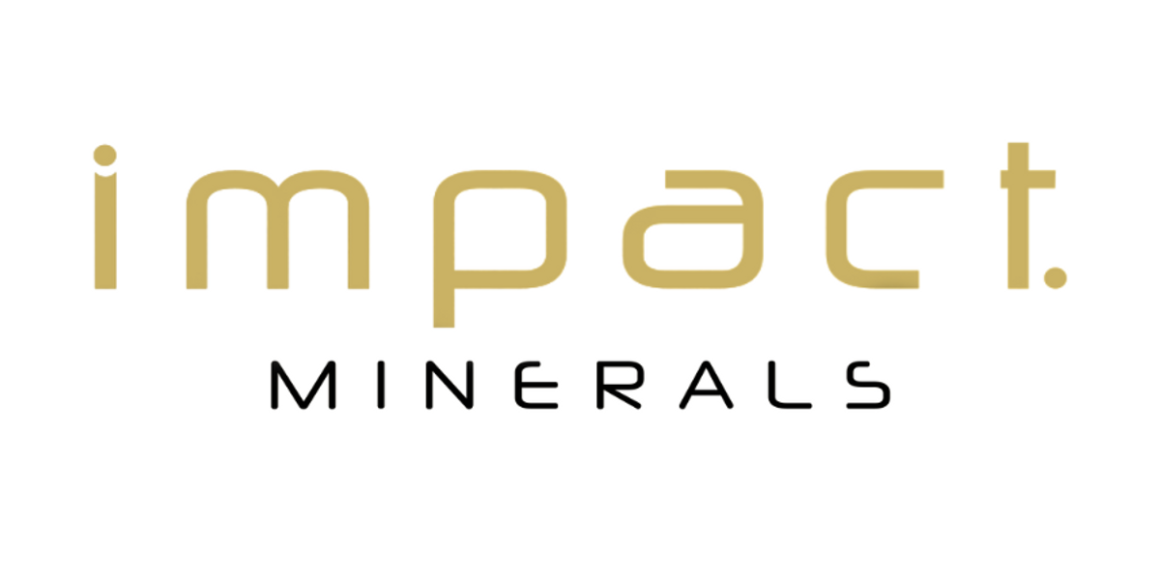The low emissions apply to both the Sulphate and Low-Temperature-Leach (LTL) processes that are being considered by Impact to produce HPA as part of the Pre-Feasibility Study for the development of the Lake Hope project (Figure 1 and ASX Releases February 19th, 2024, and February 27th, 2024).
The emissions study has shown that using the current Western Australian electricity supply, likely emissions are 4.38 tonnes of CO2 per tonne of HPA produced via the Sulphate process and 3.44 tonnes of CO2 per tonne of HPA for the LTL process. This is competitive with traditional and emerging HPA production methods (Figure 1). For example, most of the world’s HPA production comes from the refinement of aluminium metal (alkoxide process) or precursors (modified Bayer process) via energy-intensive processes that are also responsible for significant amounts of toxic waste.
Scope 1 emissions generally relate to CO2 produced directly from operations and include the proposed mine, haulage of ore and the processing plant.
Scope 2 emissions relate mostly to CO2 produced from the energy used to power the company’s operations.
Scope 3 emissions related to CO2 produced indirectly from the company’s downstream activities and include the emissions associated with purchased goods and services such as reagents, plant and equipment and Business-As-Usual emissions such as travel and commuting to work.
Only Scope 1 and Scope 2 emissions have been considered at this stage as these are within the direct control of Impact Minerals and this is an appropriate level of detail for the Pre-Feasibility Study. As per standard CO2 accounting practices, Scope 3 emissions will be passed through to the fertilizer by-products. Initial indications are that these emissions will also be on par or lower than incumbent fertilizer production processes.
100% Renewable Energy
The largest contributor to the overall CO2 emissions from the Project come from Scope 2 emissions from the electricity required to power the processing plant and which has been modelled to come from the South West Interconnected System (SWIS), Western Australia’s main power source. The SWIS is currently coal-powered and the emissions from this have been used in the main model.
Within the accuracy of this study, which is plus or minus 30%, this would be on par with or better than the lowest known CO2 emissions for HPA production which is powered by hydroelectric power (Figure 1).
Impact’s strategy to move towards 100% renewable power is to build-out or contract-to-purchase a renewable energy supply for the processing plant. This will be studied as part of engineering and financial modelling under the PFS.
Net-Zero Carbon Strategy
Impact will strive to reach full decarbonisation of the project over time. This will require elimination or off-setting of the emissions from the SWIS as well as from mining, transport and calcining. Calcining, heating in a furnace, represents the final stage of the HPA process.
As noted above, the majority of the CO2 emissions can be eliminated by substituting 100% renewable energy for SWIS energy by either build-out or contract-to-purchase a renewable energy supply.


Leave a Reply